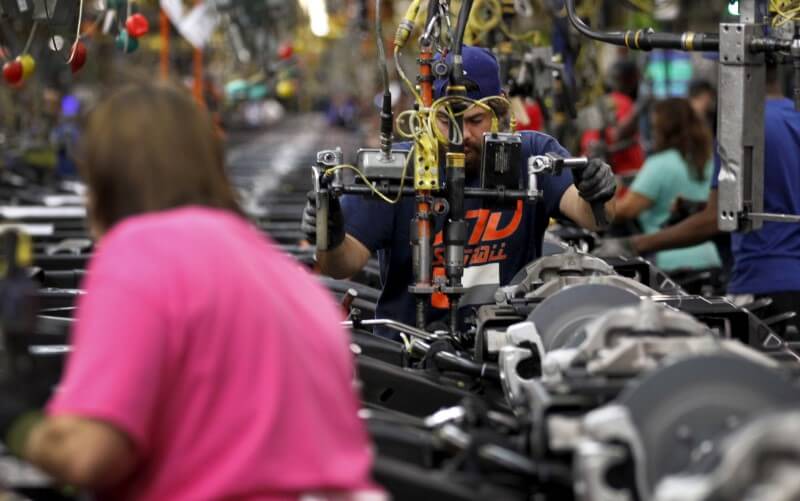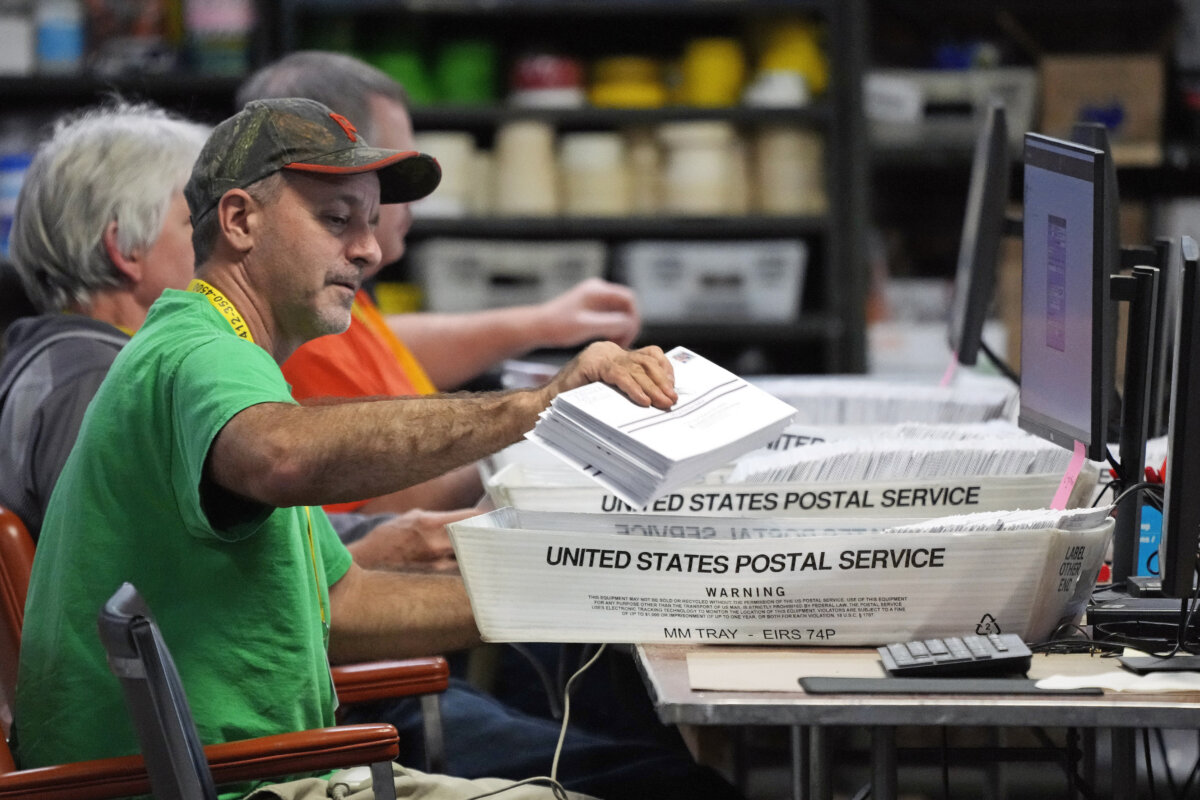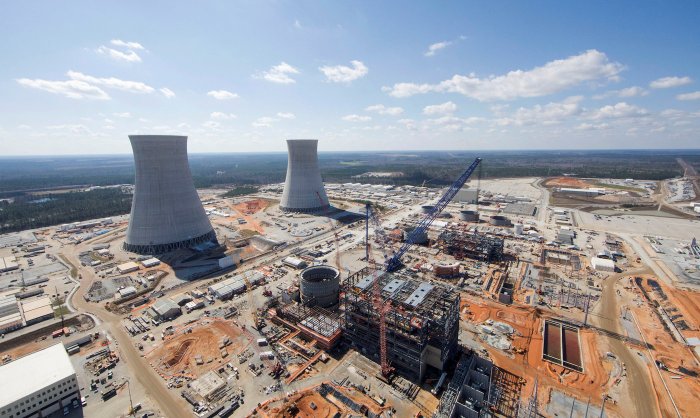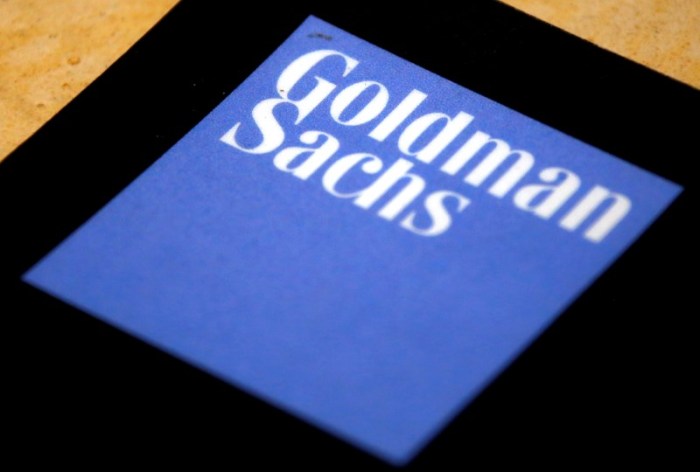By Lucia Mutikani
WASHINGTON (Reuters) – U.S. nonfarm productivity fell less sharply than initially thought in the first quarter and labor-related costs surged for a second straight quarter as companies hired more workers to raise output, suggesting profits could remain under pressure. The Labor Department said on Tuesday productivity, which measures hourly output per worker, contracted at an annualized rate of 0.6 percent, instead of the 1.0 percent pace the government reported last month. Productivity fell at a 1.7 percent rate in the fourth quarter. The revision for the first quarter, which reflected modestly higher output than previously estimated, was in line with economists’ expectations. “Despite subdued wage growth, low productivity growth means that companies still face significant labor costs for producing an extra unit of output,” said Blerina Uruci, an economist at Barclays in New York. “Fast-rising unit labor costs have been associated with weak profits for companies in recent years.” Corporate profits have been soft, also hurt by a strong dollar, which has undercut demand for U.S.-manufactured goods and overseas earnings of multinational firms. After-tax corporate profits fell 5.1 percent in 2015 and rose at only a 0.6 percent rate in the first quarter. U.S. financial markets were little moved by the productivity report.
Output per worker in the first quarter was revised to show a 0.9 percent rate of increase, up from 0.4 percent. The government last month raised its first-quarter economic growth estimate to a 0.8 percent rate from the 0.5 percent pace reported in April. LOW GROWTH POTENTIAL
Productivity has only increased in two of the last six quarters. It rose at a 0.7 percent rate compared to the first quarter of 2015.
The weakness in productivity partially explains the divergence between the economy’s anemic performance at the start of the year and a fairly strong labor market, marked by average monthly job gains of 196,000 in the first quarter. Some economists have attributed the weak productivity to the changing industry mix, which has seen a shift from manufacturing and energy toward the production of services. Productivity increased at an annual rate of less than 1.0percent in each of the last five years, suggesting the economy’s potential rate of growth has declined. That would imply the spare capacity in the economy is being squeezed out more quickly than thought and that inflation pressures may take hold a bit faster than had been anticipated.
“The slower pace of productivity gains in recent years suggests the economy’s potential rate of growth has fallen,” said Sam Bullard, a senior economist at Wells Fargo in Charlotte, North Carolina. “Even with economic growth of around only 2 percent for the remainder of the year, inflation is likely to rise if corporations aim to maintain margins.”
Unit labor costs, the price of labor per single unit of output, increased at a revised 4.5 percent pace in the first quarter. They were previously reported to have advanced at a 4.1 percent rate.
Fourth-quarter unit labor costs were revised to show a 5.4 percent rate of increase, the fastest rate since the fourth quarter of 2014, instead of 2.7 percent. Unit labor costs rose at a 3.0 percent rate compared to the first quarter of 2015. Hourly compensation per hour increased at an upwardly revised 3.9 percent rate in the first quarter instead of the previously reported 3.0 percent pace.
(Reporting by Lucia Mutikani; Editing by Andrea Ricci)
Weak U.S. productivity likely to remain a drag on profits

By Lucia Mutikani


















